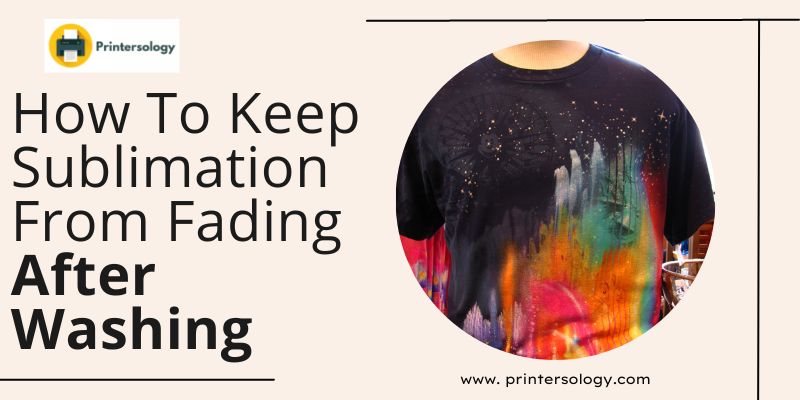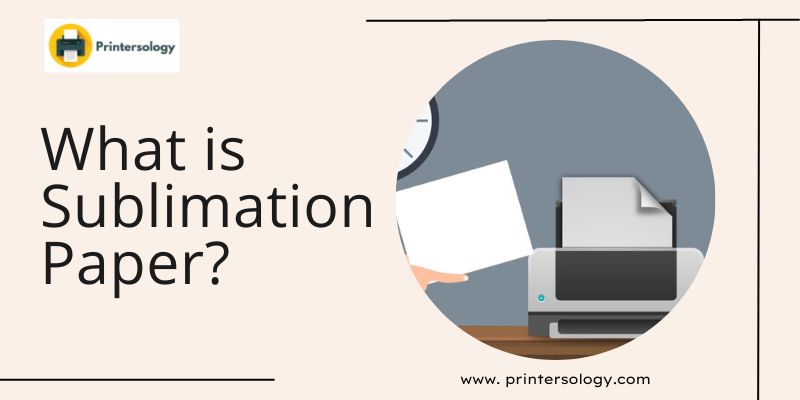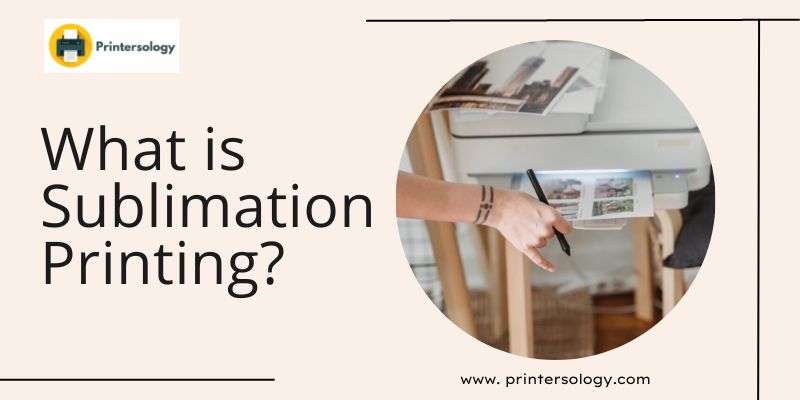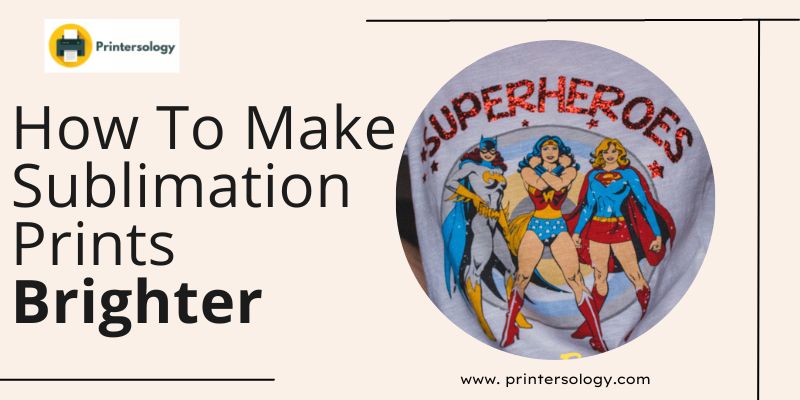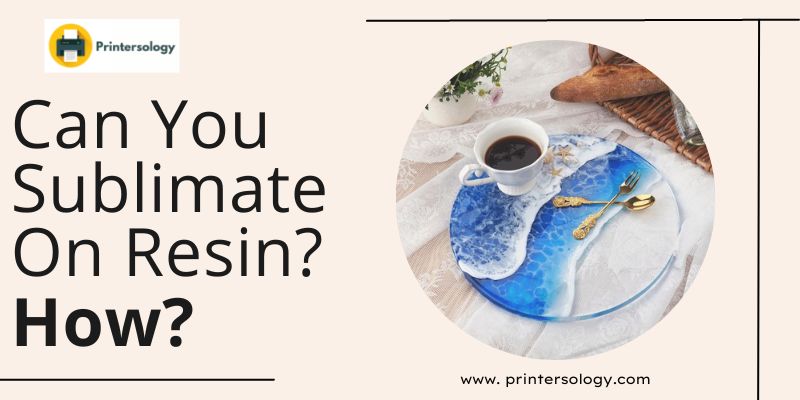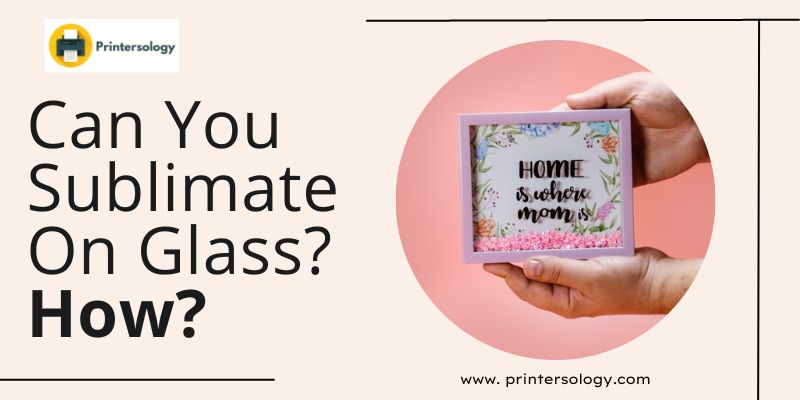Can You Use Premium Vinyl On Shirts?
While premium vinyl might be a great option for many crafting projects, it’s not a good idea if you’re thinking of applying it on your favorite t-shirt or pair of sweatpants.
You cannot use it on fabric like shirts. Here’s why: Premium vinyl, also commonly referred to as adhesive vinyl, is adhesive in nature and while it might initially stick to the fabric, it has little holding power. This means that it can easily wear off upon washing or get scratched and peeled away when handled roughly. From a technical viewpoint, this is because the vinyl molecules are on the surface of the fabric and not embedded within its structure.
Moreover, when we claim that premium vinyl has poor adhesion with fabric, the rule applies to both its types: removable and permanent. Here’s how to compare:
Removable Vinyl vs. Permanent Vinyl
Removable premium vinyl, also known as indoor vinyl, is for temporary or seasonal use. This means that after a certain period of time, you can get rid of it, with little to no vinyl residue left behind.
On the other hand, permanent premium vinyl, also known as outdoor vinyl, stays in place and any attempt to remove it can damage the material. This, however, rules out shirts, as vinyl inherently has little adhesive power on it.
Moreover, removable vinyl has a matte finish while permanent vinyl has a glossy, shiny finish.
Special Cases For Using Premium Vinyl On Shirts
While it is not recommended to use it on shirts, if you are aiming for long-lasting prints, this does not mean that it is absolutely useless and cannot be used as a secondary tool or for temporary purposes. For instance, if you are new to working with vinyl, you are bound to make mistakes. Using vinyl on fabric for the sake of practicing is a great idea! On the other hand, if you are looking for a one-time temporary print that can easily get off, premium vinyl is a fairly reasonable option.
Lastly, adhesive vinyl acts as a great stencil for designing on shirts, bottoms and canvas bags using fabric paints or pens. Once stuck onto the fabric, the stencil vinyl will prevent the paint from bleeding out and once you have filled the design in with paint, you can easily peel off the vinyl without any damage.
Vinyl For Shirts- Heat Transfer Vinyl (HTV)
Now that we know that premium/adhesive vinyl is not suitable for fabric, the next most obvious question is which vinyl would work then? When it comes to fabric and other textile materials, heat transfer vinyl (HTV) is the most popular, durable and effective choice. Heat Transfer Vinyl is also referred to as Iron-on or T-shirt vinyl because of its widespread use in T-shirt printing and its ability to withstand high temperatures.
Why Does Heat Transfer Vinyl Work For Shirts?
Heat Transfer Vinyl has an adhesive on one of its surfaces, which when heated (using a heat press or a flat iron) is activated and forms a much stronger and durable bond with the fabric. This results in more long-lasting and reliable printing.
Besides garments, HTV can also be used on canvas bags, totes, makeup pouches, mouse pads, pillowcases, blankets, and towels, etc.
Heat Transfer Vinyl vs. Premium Vinyl
While heat transfer vinyl and premium vinyl have adhesive surfaces, there are slight differences in their design. Here’s how heat transfer vinyl compares to premium vinyl:
- Premium vinyl is essentially a sticker or a decal that has a paper backing you need to peel off to reveal the adhesive layer underneath. On the other hand, HTV does not have a paper backing. It has a glossy surface called the ‘carrier’ which is placed down while the adhesive surface faces upwards and is pressed on with a heat press or flat iron.
- When it comes to printing on fabric and other textile materials, heat transfer vinyl is tougher, wear-resistant and long-lasting as compared to premium vinyl. You can wash heat transfer vinyl without worrying about it wearing away.
- Heat transfer vinyl does not require a transfer paper while printing while premium vinyl does.
- Premium vinyl is applied on non-porous, hard surfaces while heat transfer vinyl can work on porous and soft surfaces.
- Premium Vinyl is suitable for surfaces that can endure high pressure while heat transfer vinyl is applied on materials that are resistant to high temperature.
- Both heat transfer vinyl and premium vinyl come in matte and glossy finishes.
Frequently Asked Questions
1. What kind of materials can premium vinyl be used on?
Premium vinyl is ideal for surfaces that have a smooth, non-porous and hard finish, as well as those that are oddly shaped. Moreover, premium vinyl is also used for surfaces that have to endure external conditions like the sun and storm. Premium vinyl comes in handy for both indoor and outdoor applications.
2. What are some common household items that premium vinyl can be used on?
Ceramic mugs, Pots & vases, tiles, walls, glass windows, mirrors, wooden Items, and home appliances can easily be decorated with it.
3. How do you remove removable adhesive vinyl?
We can easily remove adhesive vinyl by giving a little heat to warm it up and then it can be scraped off. For heating, you can use a hair dryer or a heat gun. If there is any adhesive residue left behind, spray the surface with an adhesive remover and then wipe it off after a couple of minutes.
4. How do you wash heat transfer vinyl?
When washing garments that have an HTV print on them, they must be turned inside out and washed cold. Not doing that will make your print become crumpled and bubbly. However, this mistake can easily be reversed by ironing and smoothing out the print.
Conclusion
While premium/adhesive vinyl might not be the ideal option for achieving durable prints on shirts, its versatility is undeniable. As a frequent crafter, you can use it for practicing, one-time printing and even stenciling. And when it comes to yielding high-quality, long-lasting prints you always have the option of heat transfer vinyl. I hope the information covered in this article has proved to be useful for you.

